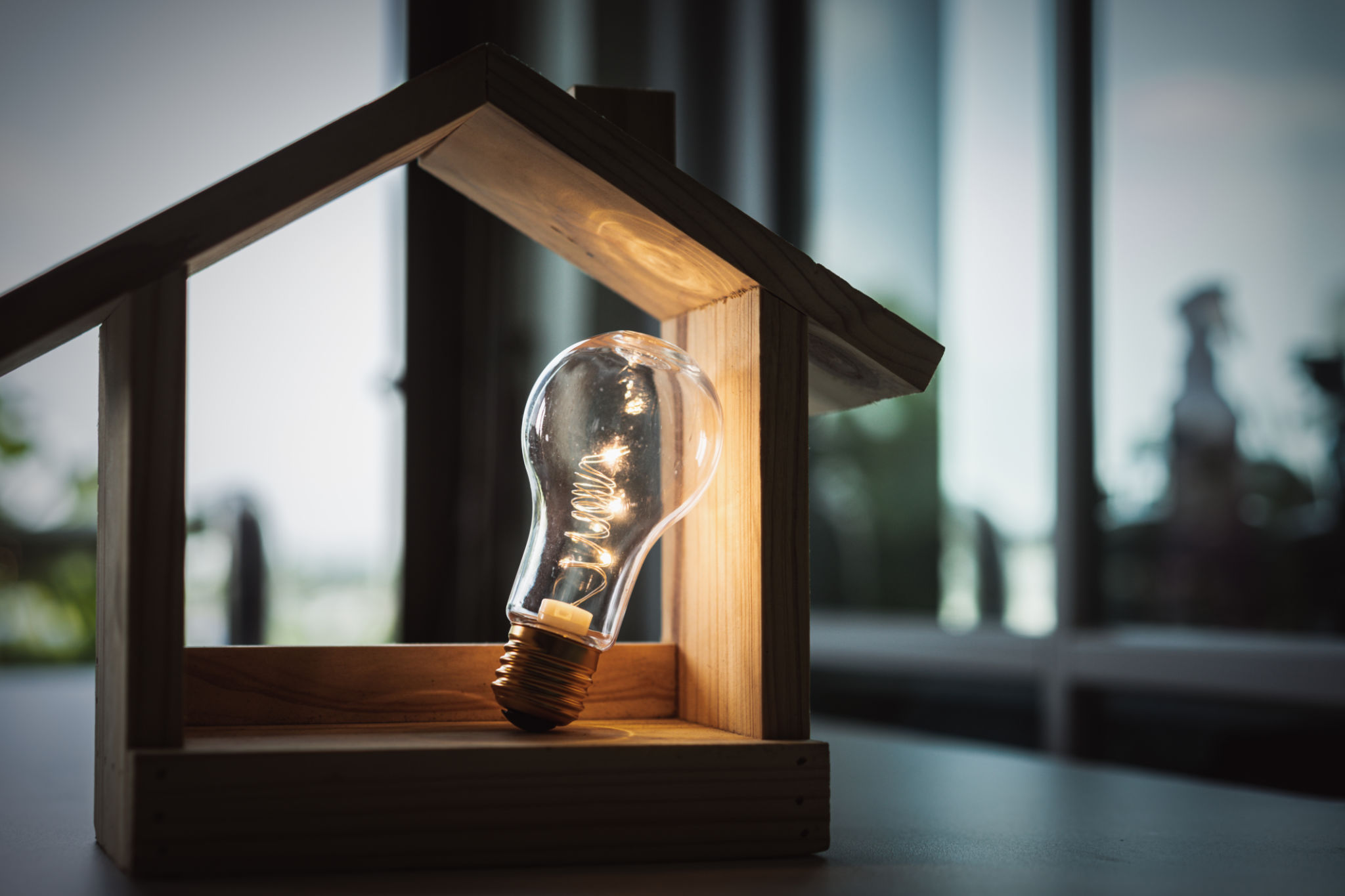Understanding the Importance of Lighting in Real Estate Photography
The Role of Lighting in Capturing Real Estate
When it comes to real estate photography, lighting is everything. A well-lit photograph can transform a property, highlighting its best features and making it more appealing to potential buyers. Poor lighting, on the other hand, can obscure details and make even the most beautiful homes look uninviting. Understanding how to use lighting effectively can be the difference between a quick sale and a listing that lingers.
Natural light is often the best choice for real estate photography. It provides a soft, even illumination that enhances the natural colors of a space. When shooting interiors, it's ideal to schedule photo sessions during the day when sunlight is abundant. However, the quality of natural light can change throughout the day, so timing is crucial.

Balancing Natural and Artificial Light
While natural light is preferable, it isn't always possible or sufficient. This is where artificial lighting comes into play. Combining both types of light requires skill and practice. Photographers often use tools like reflectors to bounce natural light into darker areas and softbox lights to mimic daylight when shooting interiors.
Balancing light sources helps maintain consistency in your images. In some cases, using flash can help fill in shadows caused by uneven natural light. The key is to create a harmonious blend where neither natural nor artificial light dominates the scene.
Understanding Lighting Angles
The angle of lighting can dramatically alter the perception of space in real estate photos. For instance, side lighting can bring out textures and add depth, while front lighting can make rooms appear larger and more open. Experimenting with different angles can help determine which best showcases a particular area.

Consider how light interacts with surfaces like walls, floors, and furniture. Shadows can add dimension, but they should be used judiciously to avoid making spaces seem smaller or cluttered. Good lighting reveals the true character of a property without distortion.
Creating Ambiance with Lighting
Lighting isn't just about visibility; it also sets the mood. Warm lighting can create a cozy feel in living spaces, while cooler tones might be more suitable for modern kitchens and bathrooms. Understanding how different lighting temperatures affect photographs can help convey the right ambiance for each room.
In addition to temperature, the direction and intensity of light contribute to ambiance. Soft, diffused lighting creates a welcoming atmosphere, whereas harsh, direct light might be too intense for certain areas. Adjusting these elements allows photographers to tell a story about the home through their images.

Post-Processing for Enhanced Lighting
Even with perfect lighting during the shoot, post-processing is often necessary to enhance real estate photos further. Editing software can adjust exposure, contrast, and color balance to ensure that the images reflect the property's true beauty. Careful editing can correct minor lighting issues without compromising the photo's authenticity.
Tools like HDR (High Dynamic Range) photography can also be used to combine multiple exposures into one image, capturing a broader range of light and detail. This technique is particularly useful in challenging lighting conditions where there’s a stark contrast between bright and dark areas.
In conclusion, mastering lighting in real estate photography requires a combination of planning, technical skill, and creativity. By understanding how light influences images and utilizing various techniques to control it, photographers can produce stunning visuals that help properties stand out in a competitive market.